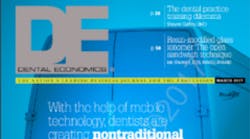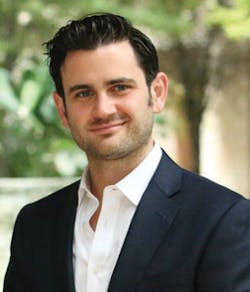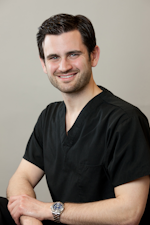Dr. Chris Salierno, chief editor of Dental Economics, talks about the dental profession's progress in the area of access to oral health care for those who need it most.
Our profession has a proud tradition of serving those most in need. Whether the barriers to care are financial, geographical, or educational, dentists have provided treatment for free, traveled to remote areas of the globe, and taught preventive oral health measures as needed. The ADA Foundation's Give Kids A Smile Program is estimated to have donated services to more than five million children since it was founded in 2003. You may be aware of groups such as Missions of Mercy and Donated Dental Services that also seek to direct willing dental volunteers to disadvantaged folks. All allied dental professionals who selflessly offer their time and resources should be commended.
But serving the underserved does not have to be just a charity; it can also be a practice model. In this issue, Drs. Calman Kurtzman and John Reese share how they are able to provide regular dental visits for local patients who face their own barriers to care. By taking their services mobile, these doctors have given their local communities access to oral health that otherwise would have been denied to them. And these services are not free. By finding a way to be profitable, they have also found a way to make this important care sustainable.
As I speak with dental students and recent graduates around the country, I am overwhelmed with optimism that they will continue dentistry's tradition of charitable efforts. We will fight to tear down barriers to oral health where we find them. But while these barriers still exist, we may also choose to rethink our practice models and make continuing care to the underserved more accessible.
Cheers,
Chris Salierno, DDS









